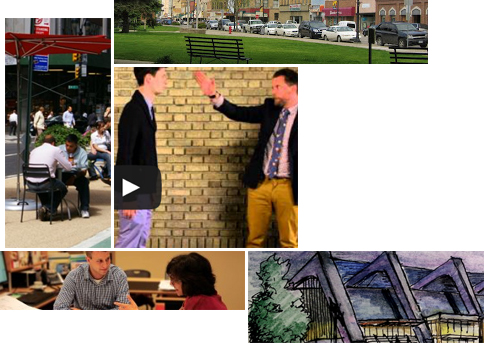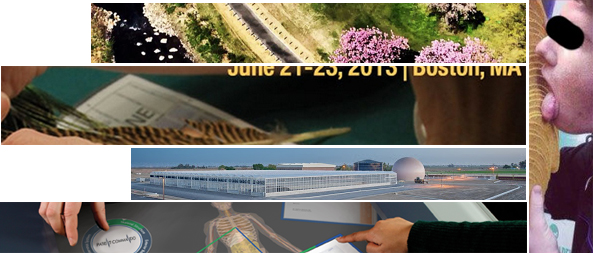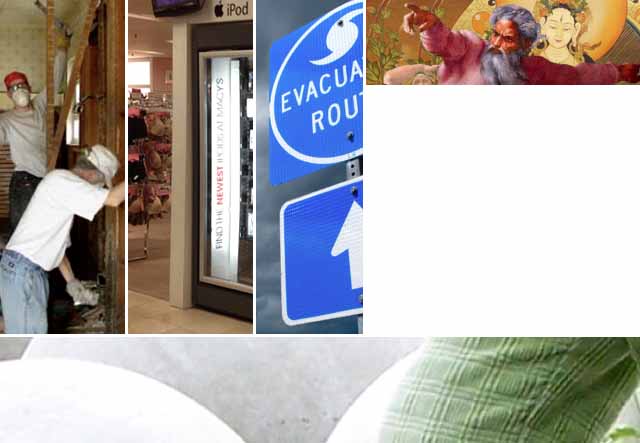Cannon on sketching relationships. Stantec's elements of community. Digital experiments in public space. An Array architecture journey. Sharing Ted Baker's dozen.

Sketching to establish relationships. Matt McGrane, an architect at Cannon Design who runs the firm’s summer sketch sessions, discusses the importance of sketching in the design process.
“I love to draw the places around me, especially when I travel. By sitting down for a half hour in a space and sketching, I am able to not only capture what a space looks like, but whenever I look back at my sketches, I remember how it felt to be there.” – Matt McGrane
Essential elements of community. Phil Carlson, a senior planner at Stantec, explores how community expressed in the built environment touches on three elements: environment, health, and economics, which all add up to quality of life.
- Environment: An urban community saves energy compared to sprawling development. A community that offers destinations and services within walking and biking distance uses less energy than one where almost every trip must be made by car.
- Health: A tight-knit community improves health. There are the simple physical aspects of being able to walk or bike to daily destinations versus sitting in a car.
- Economics: The economics of many businesses depend on customer loyalty, and customers in an identifiable community will be fiercely loyal to local businesses.
Via Stantec Blog
Outdoors in the digital world. Landscape architect Lisa DuRussel explores how to keep public spaces relevant in the interface of landscapes and digital technology in the first of a series of blog posts.
With constant connection to people and information, digital culture integrated into public spaces has become second nature. Are we driven to distraction with our iPhones, iPads, and iPods? Or can the capabilities of these devices be used to create a more flexible, adaptive, and experiential use of public spaces?
Architecture journey. Ryan Keszczyk, an architecture student at Tulane University who is interning at Array, discusses how his time at Array influenced him to work in the healthcare architecture industry as it changes and adapts with new technology.
Five years in architecture school is just the beginning of my journey to becoming an “Architect.” My time in college allowed me to get a solid foundation on the theories, technologies and continued advancement of the architecture profession.
Innovative Social Media
Clothing retailer Ted Baker London is reaching out to aging hipsters through digital content. Streetwinker.com invites visitors to "Spread the Ted" with a "Baker's Dozen" of video shorts like How to Play It Cool, which has 1,600 views as of October 13, as well as Winks and fashion spreads.
Via Clickz


